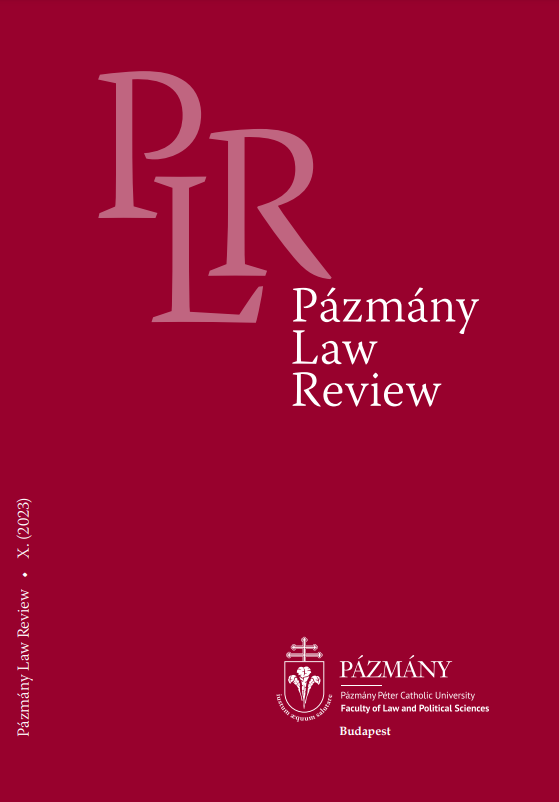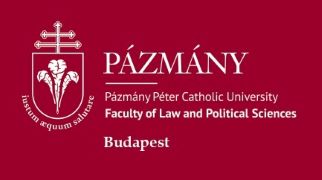Is Plain Legal Language Easy to Translate?
Plain English features in machine translation of a contract into Polish
Abstract
This article examines two machine translations of the same English contract (contract of supply) made using DeepL Pro in March 2022 and March 2023. The contract was used in my practice as a legal translator trainer. It proved easy to understand but difficult to translate into Polish, where plain legal language is much less developed than in English. The history of plain language in the UK, the US and Poland is briefly presented. The analysis of features of plain English covers: expressions from general language when mixed with legal or technical language, the pronoun you referring to one party to the contract, and other features, like active voice and short sentences. Additionally, renditions of expressions denoting obligation or permission are analysed separately as an important element of contracts. The conclusion is that pronoun you in this context constituted a major source of difficulty and was translated in many ways. The translations are also uneven in terms of register (formal legal language vs language of instructions) or forms of address (degree of politeness), which would make post-editing them demanding. Other problems that a post-editor would face include terminological inconsistency and increased number of nominalizations compared to source text. The active voice or length of sentences are unproblematic in MT. Both legal translators and MT providers should refer to existing plain Polish contracts for solutions.





